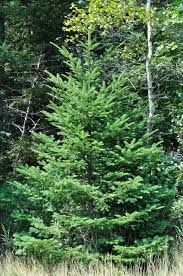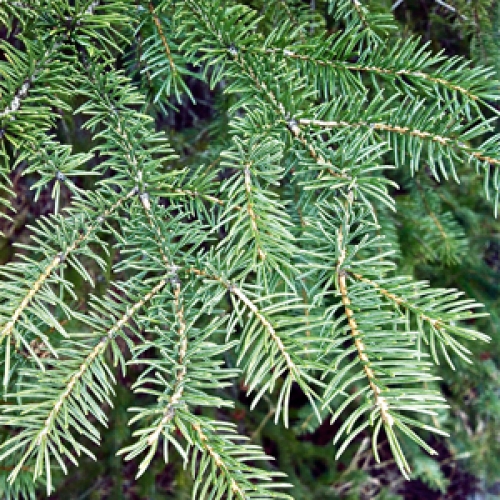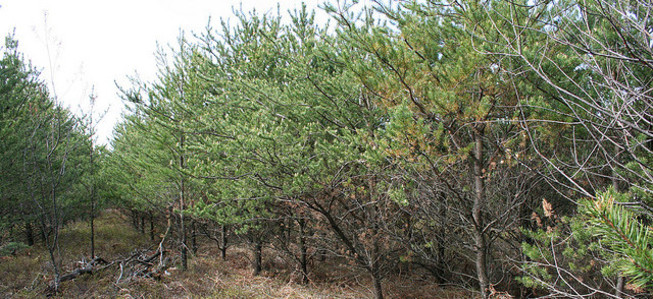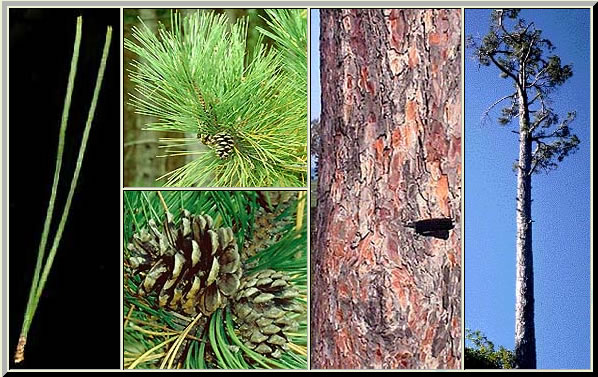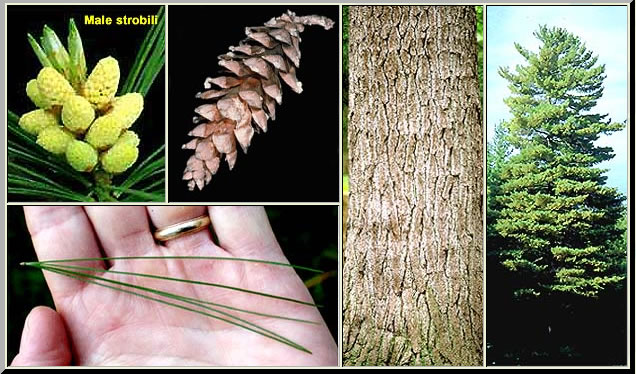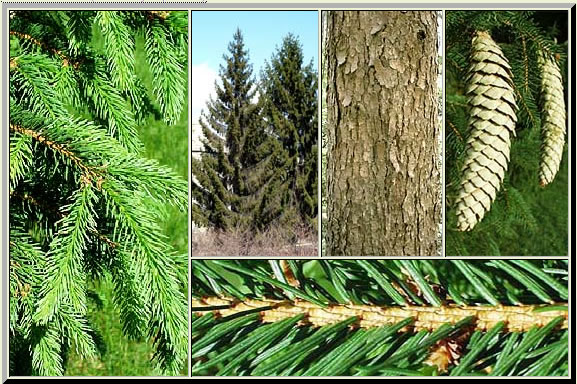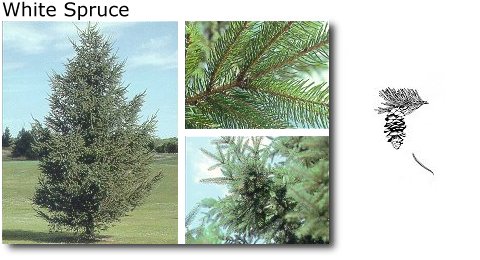Conifers, as the name implies, are trees that bear cones. Not all conifers are evergreen
(think of larch trees), and not all evergreens are conifers (think of holly). We sell a wide
variety of conifer trees that are suited to the climate and soil types of Wexford County.
Unless otherwise noted, all of the trees listed below are native to Michigan.
(think of larch trees), and not all evergreens are conifers (think of holly). We sell a wide
variety of conifer trees that are suited to the climate and soil types of Wexford County.
Unless otherwise noted, all of the trees listed below are native to Michigan.
2023 Conifer Price List
CEDAR, Red (Juniperus virginiana )
Wood is naturally rot resistant. Grows up to 50’ tall. Prefers moist soils. Tolerates drought well and prefers sunny open areas. Needs protection from deer browsing.
Wood is naturally rot resistant. Grows up to 50’ tall. Prefers moist soils. Tolerates drought well and prefers sunny open areas. Needs protection from deer browsing.
Cedar, Northern White (Thuja occidentalis)
An evergreen tree, typically found in cold, poorly drained swamps with moving water. Tolerates basic soil better then acidic soils. Very shade tolerant, very slow growing, and short lived. Important winter food for deer. Great for hedges and windscreens once established. Grows 40-50’ tall.
An evergreen tree, typically found in cold, poorly drained swamps with moving water. Tolerates basic soil better then acidic soils. Very shade tolerant, very slow growing, and short lived. Important winter food for deer. Great for hedges and windscreens once established. Grows 40-50’ tall.
|
FIR, BALSAM (Abies balsamea)
This dark green, native evergreen develops a spire like shape 45’ to 75’ tall. Its foliage is very aromatic. Prefers moist, acidic soils and can be found frequently in swamps throughout the northern half of Michigan. It achieves its best size on better drained ground. Balsam Fir provides good wildlife cover and is very hardy and shade tolerant. |
Larch, American (Larix laricina)
Also called tamarack. Larch trees are deciduous conifers whose needles turn a brilliant gold before they are shed in autumn. Grows 40-70’ tall. Prefers moist soils and full sun.
Also called tamarack. Larch trees are deciduous conifers whose needles turn a brilliant gold before they are shed in autumn. Grows 40-70’ tall. Prefers moist soils and full sun.
|
PINE, JACK (Pinus banksiana)
Jack Pine is a small to medium-sized tree 70’ to 80’ high and 2’ in diameter with short and stout, slightly twisted 1” needles. Prefers well-drained loamy sand, but can maintain itself on very dry sandy or gravelly soil types. A good choice for reforestation on difficult sites where other species won’t grow, Jack Pine is fast growing and will not tolerate shade. |
|
PINE, RED (Pinus resinosa)
A shade intolerant, long lived, moderate to fast growing native pine with 4" to 6" long, flexible, dark green needles. Attaining heights of 50’ to 80’ with a trunk 2’ to 3’ in diameter, it prefers well-drained sandy to sandy loam soils. Red Pine is resistant to a variety of insects and diseases. Most often planted for timber production and screens but is also used as ornamental. The wood is generally used for construction, millwork, poles, and pulpwood. It self-prunes if the lower branches are shaded. |
|
PINE, EASTERN WHITE (Pinus strobus)
This is a moderate to fast growing native pine with soft bluish-green 2” to 5” long needles. Attaining heights of 80’ to 120’ with a trunk 2’ to 3’ in diameter, it is moderately shade tolerant and prefers rich, porous, moist to well-drained sandy soil. Most often planted for timber production, borders, and wildlife habitat. The wood is generally used for construction, millwork, and pulpwood. |
|
SPRUCE, NORWAY (Picea abies)
Imported from Europe, Norway Spruce is fast growing and can attain heights of 60' to 90' with a trunk 1' to 3' in diameter. Branches are covered with short 1” to 2” dark green needles. Preferring moist clay to loam soils, it is shade tolerant and moderately fast growing. Damage from insects and diseases can be reduced by planting on proper sites at the proper density. Most often planted for timber, pulpwood, windbreaks, and wildlife. |

